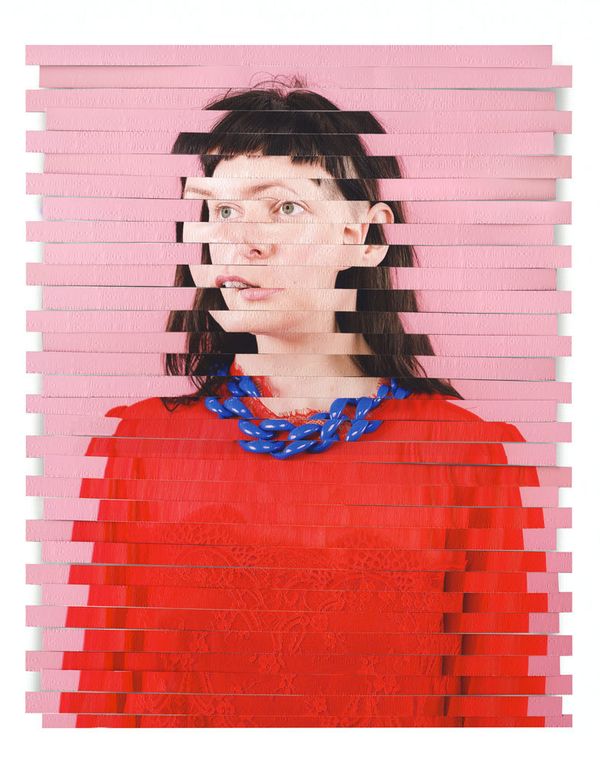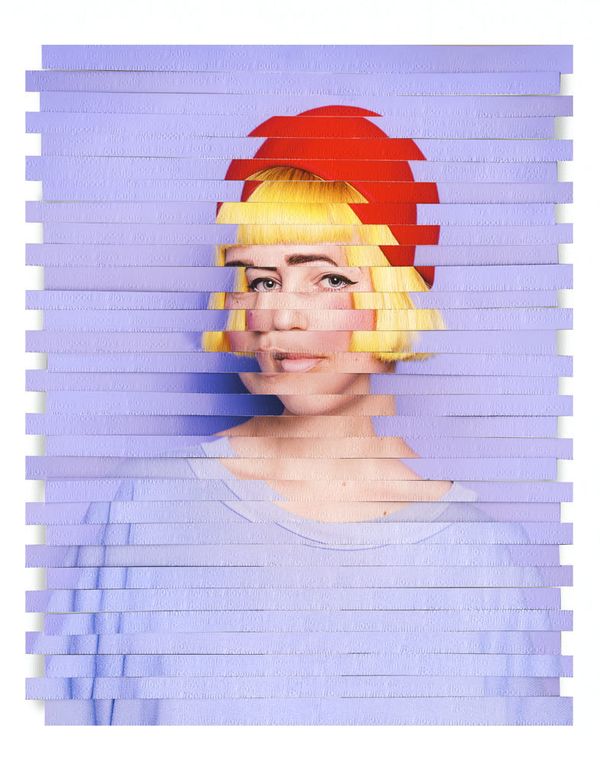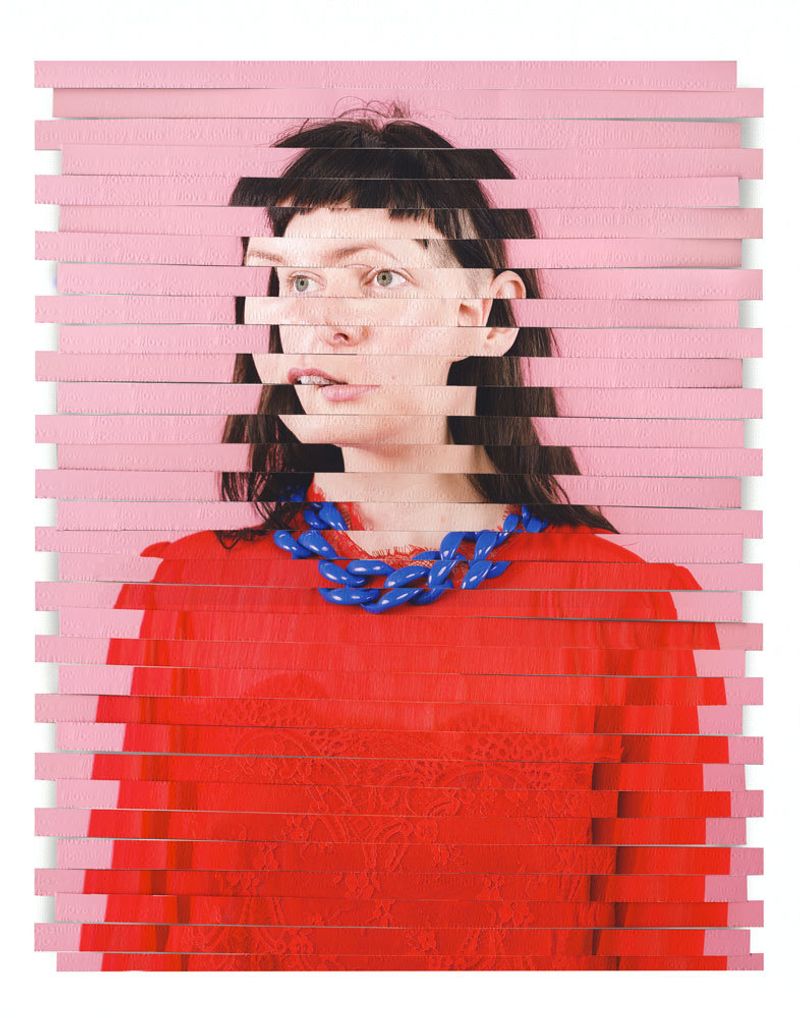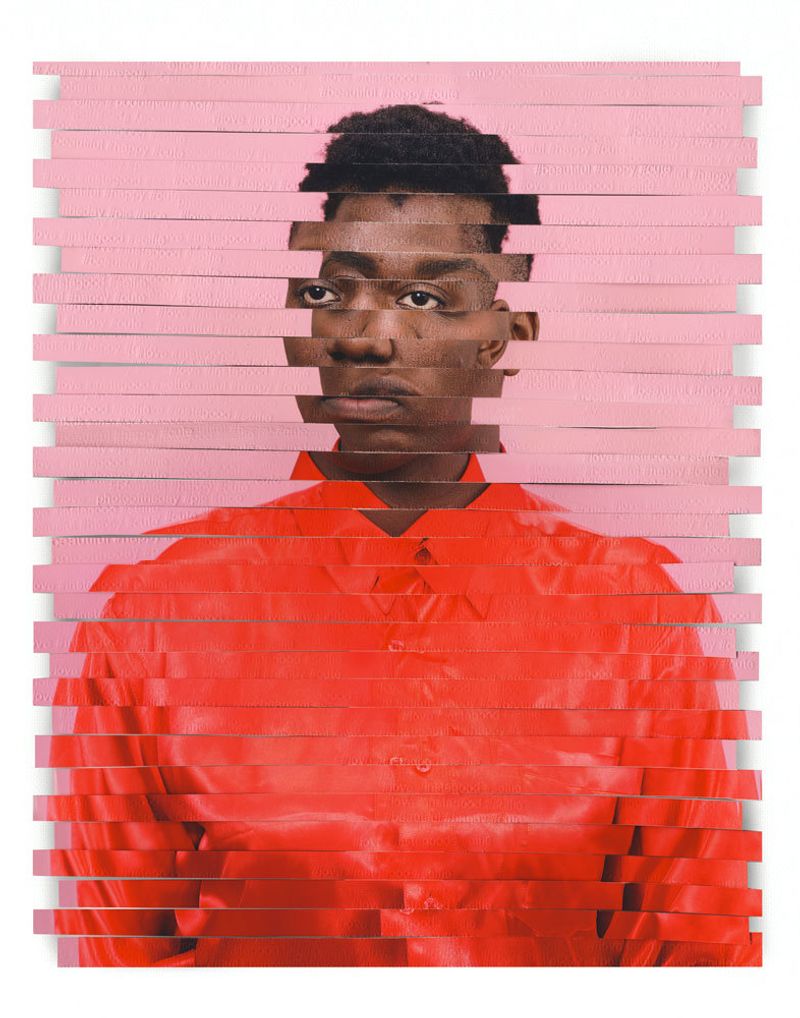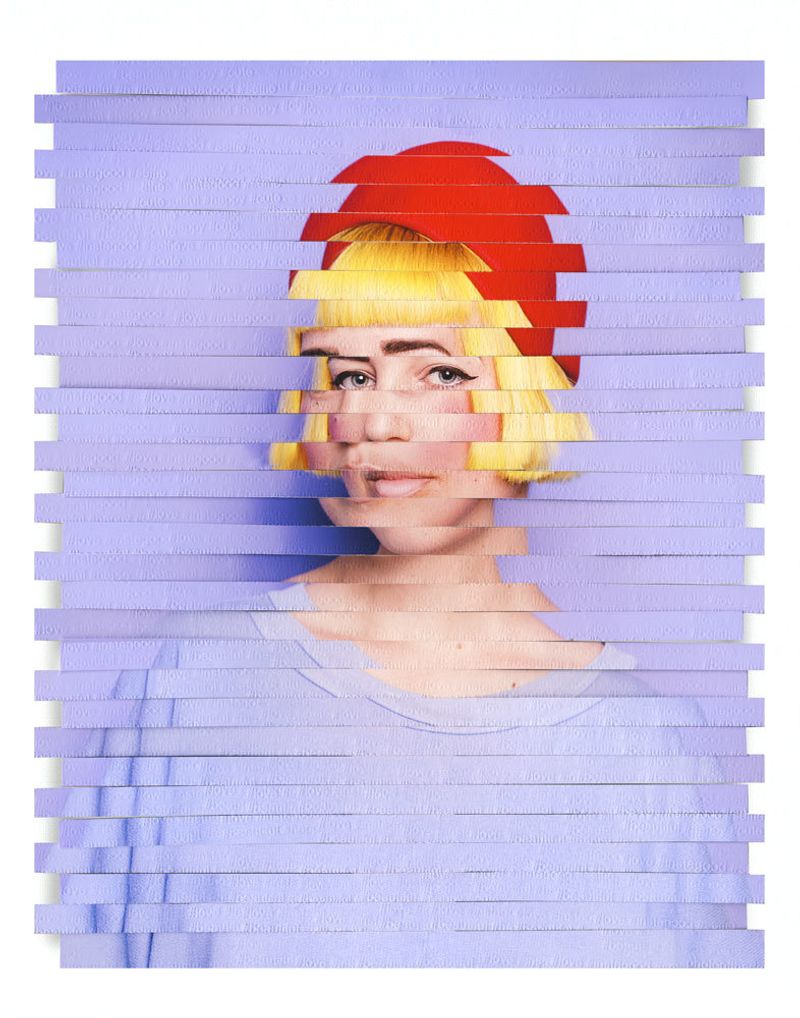Constructing New Identities on Social Media
-
Published18 Oct 2018
-
Author
Argentine photographer Karen Navarro uses new media technologies to examine the way people present themselves and modify their identity on social networking sites.
Argentine photographer Karen Navarro uses new media technologies to examine the way people present themselves and modify their identity on social networking sites.
Humans are innately driven to attain a sense of belonging. Today, this has transcended from a physical experience to a social media trend, represented by the number of followers one has, and how people visually edit their life through instant photographic moments. In El Pertenecer en Tiempos Modernos (Belonging in Modern Times), Karen Navarro employs Instagram as a setting to find people who use social media as a podium to project a constructed identity.
By posting an open call on Instagram for people that consider themselves having a unique fashion style or being exotic and beautiful, the South American photographer was able to get a pool of fifty people, both men and women, to inspire her project. Navarro’s main focus is to examine the way people manipulate the representation of themselves on social media, and to question how digital culture has changed the way people relate and connect to one another.
How has social media influenced the way you practice photography?
I think it has changed the way I interact with people. I am always looking for models and social media is a great place to find the person you are looking for. I used to stop people on the street, but that could be a little bit creepy. So now, I usually do it through social media. That is how I cast for my project: El Pertenecer en Tiempos Modernos (Belonging in Modern Times).
The way I operate, I post an open call on Instagram, both men and women have contacted me to participate in photo shoots. From this experience, I was able to get a pool of over fifty people who stood out to me the most. In the series, I use Instagram to explore the ways in which people use social media as a platform to project an assimilated version of themselves that they consider would be “acceptable” by mainstream culture, yet it is only a façade.
Where did the idea of presenting the image as if had been sliced by a paper shredder come from?
Using the new leading technologies of today was essential in my process of addressing contemporary media. I started with rendering the text of the top one-hundred hashtags on Instagram to create a 3D print to use as a plate to emboss the photographs. The photographs were embossed several times and as a result, the hashtags became illegible in some areas, creating a texture rather than words.
The representation of each portrait looks rather controlled and composed. What's the motivation behind this technique?
Yes, the portraits were controlled and composed. For each round of photo shoots, models were asked to bring specific coloured clothing and accessories. They were also asked to pose in a specific way. The use of a specific colour and the way they are all posing is a way to equalise the individuals in each group. Since I am working with this idea of belonging I wanted to create groups, and I decided to use colours to make it very conceptual considering the colour of the logos of the social media platforms.
All your subjects, except for one, are wearing red - could you explain the intentions behind this?
I wanted to represent the ones who belong and the ones who don't. I actually wanted to generate this question in the viewer. I wanted the viewer to ask why there is one portrait that is different from the others. It's representing the one who doesn't belong to that group. But she may belong to another group. Which will be the continuation of this project.
Could you explain the assembly of each image?
Each photograph is laser cut into strips of equal size and reassembled as each strip is attached slightly off-centred onto a thin strip of foam. This vertical strip of foam serves as a spine for the disjointed photograph allowing the sides of the photograph to move freely. This disjointedness and ability to move alters the image referencing the constructed identities people perform on social media.
The images suggest some kind of knitting practice, was this present in your mind?
Not really. What was present in my mind during the process was that I didn't want to wave because of one of the connotations it may have or what it could represent, which is home or family.
-------------
Karen Navarro is an Argentine photographer currently based in Houston, United States. Her constructed portraits are known for the use of saturated colours, surreal scenes and minute details. Navarro is interested in visually tackling contemporary issues. Follow her on PHmuseum and Instagram.
Verónica Sanchis Bencomo is a Venezuelan photographer and curator based in Hong Kong. In 2014, she founded Foto Féminas, a platform that promotes the works of female Latin American and Caribbean photographers. Follow her on Twitter and Instagram.
-------------
This article is part of In Focus: Latin American Female Photographers, a monthly series curated by Verónica Sanchis Bencomo focusing on the works of female visual storytellers working and living in Latin America.
